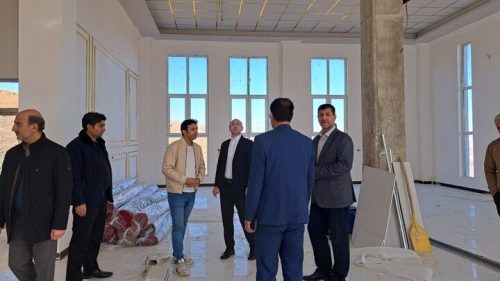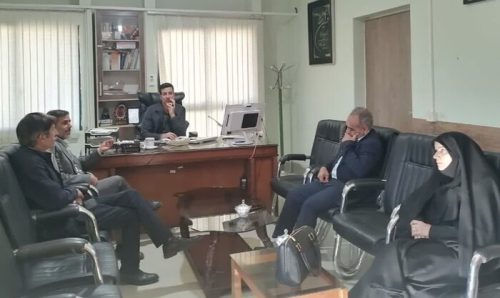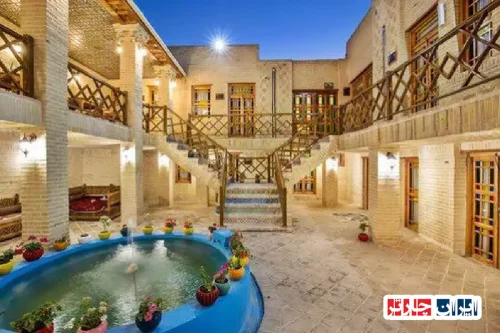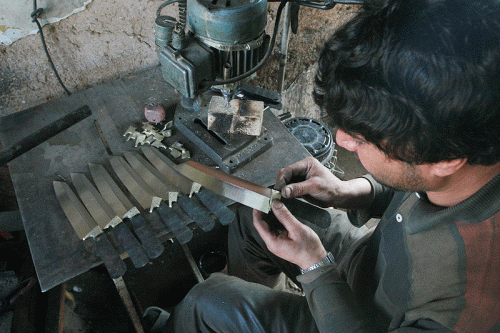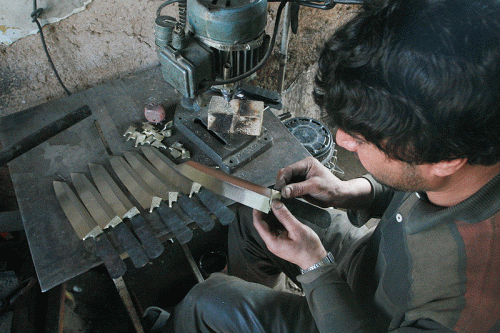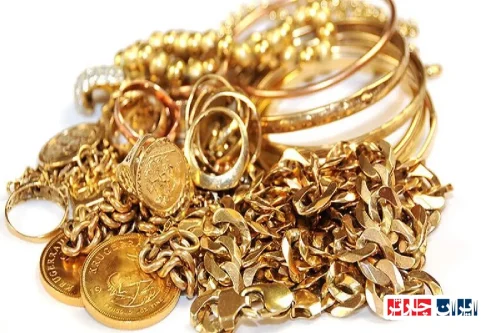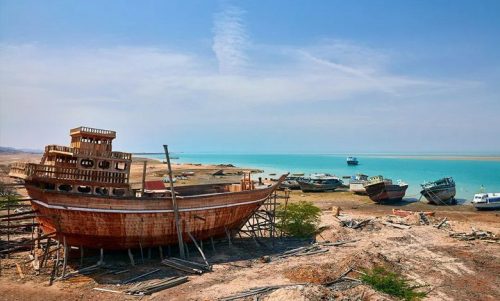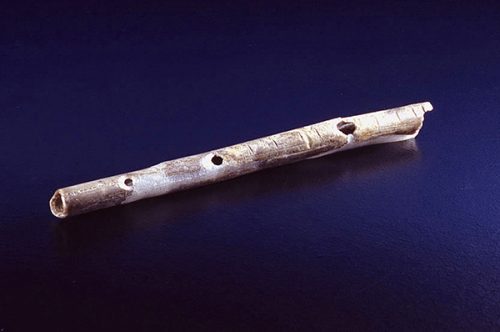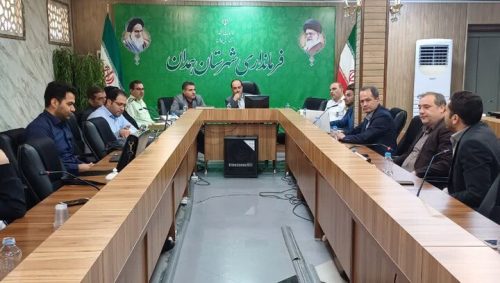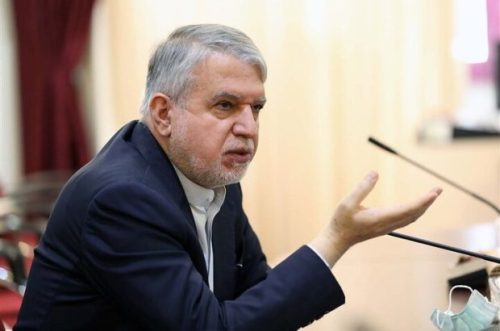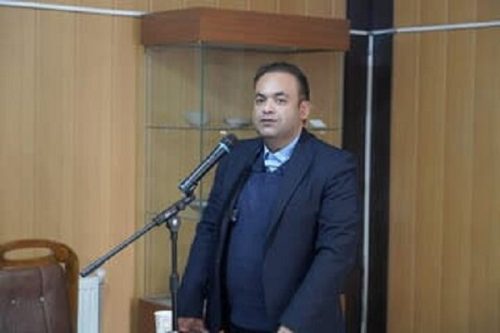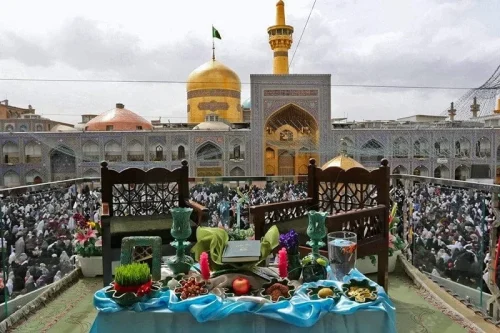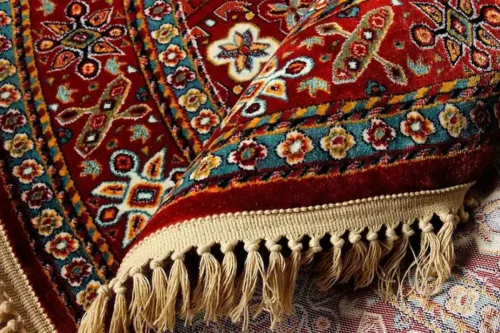News Source : https://www.mehrnews.com/news/6306057/%D8%B1%D8%AA%D8%A8%D9%87-%DB%B3%DB%B1-%D8%A7%DB%8C%D8%B1%D8%A7%D9%86-%D8%AF%D8%B1-%D8%B5%D8%A7%D8%AF%D8%B1%D8%A7%D8%AA-%D8%B5%D9%86%D8%A7%DB%8C%D8%B9-%D8%AF%D8%B3%D8%AA%DB%8C-%D8%AC%D9%87%D8%A7%D9%86-%D8%A8%D8%A7-%D9%88%D8%AC%D9%88%D8%AF-%D8%AB%D8%A8%D8%AA-%DB%B3%DB%B0%DB%B0-%D8%B1%D8%B4%D8%AA%D9%87
Iran Ranked 31st in Global Handicraft Exports Despite 300 Registered Fields
Iran, in the field of handicrafts, despite having registered over 300 fields globally, is only ranked 31st in the world. The head of Iran’s Chamber of Commerce has stated that this ranking does not align with the country’s production capacities and potentials. Since Iran holds a prominent position in handicrafts after India and China, this underscores the need for more precise planning to enhance the export of these products.
However, Iran’s 31st rank in global handicraft exports indicates potential opportunities that need attention. For better utilization of these capacities, it is essential to adopt effective strategies that can improve Iran’s ranking in the global handicraft market. Reports suggest that exploring new markets and increasing export tariffs could have a significant impact on this ranking.
Considering the economic significance of handicrafts in the national economy, enhancing the export ranking of this sector requires extensive cooperation between the government and the private sector. Ultimately, Iran’s 31st rank in global handicraft exports demands urgent and comprehensive actions to elevate the economic standing of this vital industry.
Reasons for Iran’s 31st Rank in Global Handicraft Exports Despite 300 Registered Fields
Iran’s 31st rank in global handicraft exports despite having 300 registered fields indicates numerous challenges faced by this industry. One of the main reasons for the mismatch between Iran’s export rank and production capacity is the lack of effective marketing and access to international markets. Additionally, financial constraints and lack of investment in production significantly reduce Iran’s competitive ability in the global market. Furthermore, the absence of specific quality standards and insufficient support for artisans and handicraft producers can diminish the credibility of Iranian products in foreign markets.
Potential Opportunities to Increase Iran’s Handicraft Exports
Considering Iran’s 31st rank in global handicraft exports despite 300 registered fields, there are many opportunities for improvement and increasing these exports. One such opportunity is exploring and penetrating new markets and other countries that do not yet adequately welcome Iranian products. Additionally, leveraging modern technologies in production and marketing can help enhance the quality and competitiveness of products. Furthermore, brand development and increasing global recognition of Iranian brands can play a crucial role in boosting exports.
The Role of Government and Private Sector in Improving Handicraft Export Ranking
For Iran to improve its 31st rank in global handicraft exports despite 300 registered fields, close cooperation between the government and private sector is essential. The government can facilitate the growth and development of this industry by providing financial and advisory services to handicraft producers. Additionally, implementing supportive policies such as tax reductions and creating necessary infrastructure for exports can significantly aid in increasing exports. On the other hand, the private sector should invest more and utilize modern technology to improve product quality and penetrate international markets.
Exploring New Markets for Iranian Handicraft Exports
Iran’s 31st rank in global handicraft exports despite 300 registered fields necessitates a thorough examination of new and potential markets that Iran can penetrate. Markets such as Latin America, Africa, and Asian countries, which are growing markets, can provide suitable opportunities for exporting Iranian handicrafts. Analyzing the needs and preferences of these markets and aligning Iranian products accordingly can lead to increased demand and subsequently boost exports.
The Impact of Export Tariffs on Iran’s Handicraft Export Ranking
Export tariffs are a significant factor influencing Iran’s 31st rank in global handicraft exports despite 300 registered fields. Higher tariffs can increase the final price of Iranian products in foreign markets, reducing their competitiveness. Therefore, solutions are needed to offset the impact of tariffs by reducing production costs and increasing efficiency to remain competitive in international markets. Negotiating to lower tariffs in international agreements can also be an effective solution to improve the export situation.
Successful Strategies in Increasing Handicraft Exports
To upgrade Iran’s 31st rank in global handicraft exports despite 300 registered fields, formulating and implementing successful strategies is crucial. One such strategy is focusing on producing high-quality products with unique designs that can attract attention in international markets. Additionally, utilizing digital advertising and actively participating in social media can enhance the recognition of Iranian brands. Moreover, organizing and participating in international exhibitions can provide direct sales opportunities and better market understanding.
Learning from Other Countries’ Experience in Increasing Handicraft Exports
Studying successful experiences of other countries in increasing handicraft exports can provide a valuable model for Iran. Countries like India and Italy, which hold high ranks in handicraft exports, have captured significant shares of global markets by focusing on quality, innovation, and effective marketing. Learning from their successful methods, such as ensuring quality, strong branding, and utilizing modern technology in production, can aid in improving Iran’s export ranking.
The Importance of Education and Improving the Quality of Handicraft Products
One of the key factors in upgrading Iran’s 31st rank in global handicraft exports despite 300 registered fields is the importance of education and improving product quality. Investing in the education of artisans and handicraft producers can help them enhance their skills and produce higher-quality products. Furthermore, creating specific quality standards and adhering to them can increase foreign customers’ trust and elevate the credibility of Iranian products in international markets.
The Future Outlook of Iran’s Handicraft Exports and Proposed Solutions
The future outlook of Iran’s handicraft exports, given the 31st rank globally, requires comprehensive and long-term solutions. Among these solutions are the development of export infrastructure, increased investment in production, and market research. Moreover, improving financial conditions and access to financial resources for handicraft producers can play a significant role in increasing export capacity. By implementing these solutions and focusing on innovation and quality, Iran can enhance its export ranking in the handicraft industry and cement its position in global markets.
FAQ
- What is Iran’s position in the field of handicrafts?
- Iran is a leader in handicrafts after India and China, yet its export ranking is only 31st.
- What is the global export rank of Iranian handicrafts?
- The global export rank of Iranian handicrafts is 31st.
- Why does Iran’s handicraft export rank not align with its capacities?
- Despite having over 300 registered handicraft fields and substantial capacities, Iran has not been able to fully exploit these capacities.
- What are Iran’s capacities and resources in the field of handicrafts?
- Iran has about 2.5 million people active in the carpet industry and over 300 registered handicraft fields.
- How is Iran utilizing its handicraft capacities?
- Unfortunately, Iran has not adequately utilized existing capacities in handicrafts and carpets.
- How many people earn from Iran’s carpet industry?
- About 2.5 million people earn from Iran’s carpet industry.
- How many handicraft fields are registered in Iran?
- There are about 300 registered handicraft fields in Iran.
- Compared to which countries is Iran superior in handicrafts?
- Iran is a leader in handicrafts after India and China.
- What is the status of health tourism in Iran?
- Iran has high capacities in health tourism, but due to some negligence, it has not fully utilized these capacities.
- What achievements has Turkey made in health tourism?
- Turkey has experienced significant growth in health tourism through precise planning.
- What is Iran’s 7th Development Plan’s goal for tourism?
- Iran’s 7th Development Plan aims to attract 15 million tourists.
- What facilities does Iran offer to attract tourists?
- Facilities include hotels, airlines, dining facilities, sanitary services, and public transportation.
- What are the banks’ policies in supporting Iran’s tourism?
- Banks have been allocating 95% of their resources to their own companies, which has recently been prohibited, and banks no longer provide facilities to companies.
- What are the challenges of attracting tourists to Iran?
- There is a significant gap between Iran and other countries, including neighboring ones, in terms of attracting tourists, which hinders tourism.
- What are the Ministry of Cultural Heritage’s plans for tourism?
- The Ministry of Cultural Heritage is seeking agreements to attract 5 million tourists from Iraq and conduct detailed studies on tourist entries and exits.
- How does Iran’s carpet export status compare to the 1990s?
- In the 1990s, Iran’s carpet exports reached $1.5 billion, but now it has fallen to $40 to $50 million.
- What suggestions have been made to support carpet and handicraft artists?
- It has been suggested to focus on insuring certified carpet and handicraft artists and increasing and stabilizing the carpet sector’s budget.
- What does the Commission of Carpets, Art, and Handicrafts of the Iranian Chamber recommend?
- It is recommended to merge the associations in cooperation with the Ministry of Cultural Heritage and form a specialized working group in the carpet sector before agreements.

